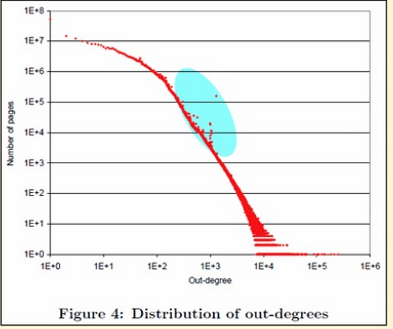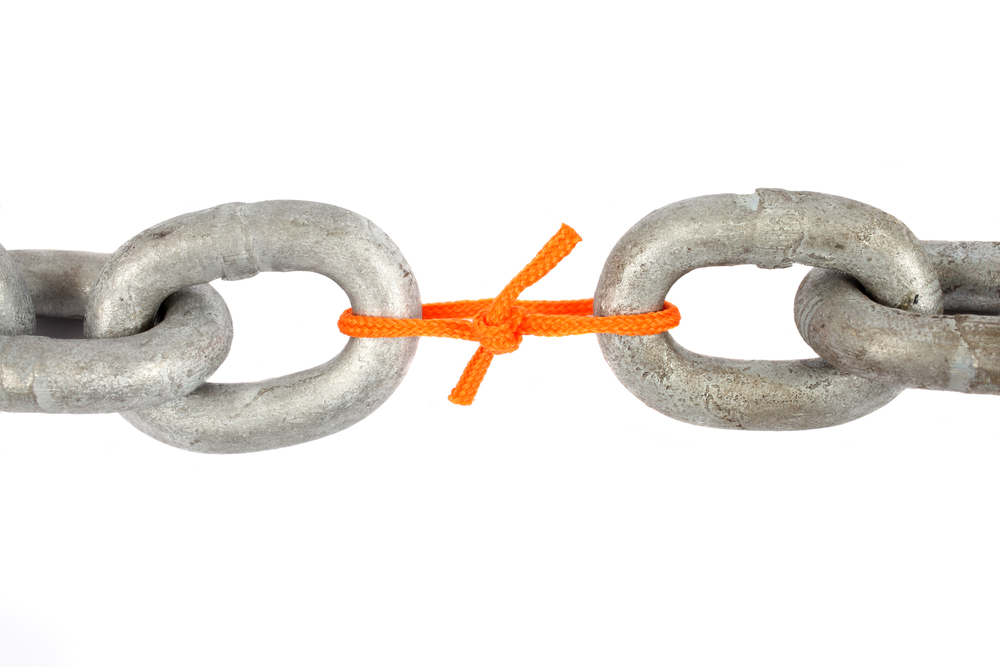The ire of Google’s Penguin algorithm is still fresh in marketers’ minds and many now approach link strategies with caution. Google’s Search Engineer Matt Cutts has said links will continue to play an important role in success for years to come, and the speakers at SMX East’s Penguin-Proof Link Building session agree: Brands must learn how to play by the search engine’s rules to corral references and earn link juice without incurring penalties.
Don’t manipulate the algorithm
According to Roger Montti, owner of MartiniBuster, spammy link building practices became more prominent after Google began to factor links more heavily into search rankings. Rather than accepting that links would henceforth have greater sway over SERP visibility, SEOs attempted to generate a higher volume of links to overcompensate. Montti found that many marketers thought a full backlink profile (perhaps including spammy references) was better than a sparse sampling, even if it was a more accurate representation of unsolicited links.
He defined natural links as: Links that are given as part of an independent editorial choice in the context of a recommendation.

Montti shared mapping data of his own, and explained that he search engines can also easily map and distinguish between sites doing natural link building and those using black hat practices to get ahead artificially. He advised, if brands are using practices that claim to be “SEO-friendly,” they are probably barking up the wrong tree with practices intended to game the system.
Know the difference between natural and unnatural link approach:
Some examples of unnatural links include:
- Overly optimized anchor text in guest posts
- SEO-friendly anchor text in footers of articles
- SEO-friendly links in widgets
Many unnatural links stem from strategies that can be used for natural link building. For example, too many optimized anchor text links in guest posts is unnatural, but there is a way to do guest blogging well. (Brafton has covered more insights on search-friendly guest blogging following insights from Matt Cutts.) Montti suggested businesses consider more optimal steps in a guest post strategy:
- Find a relevant publisher
- Agree to its authorship and byline standards
- Do not start by soliciting links
- Consider an underserved niche topic to write about
He offered several other natural link building tips that marketers should familiarize themselves with, including industry “membership.”
- Identify and join respected industry organization with a web presence
- Update website with badges, citations, etc. for groups a brand (giving a link to potential earn one back)
Give users what they want and they will create links naturally
In a world where it’s clear which sites are employing white hat practices to build page authority, the only way to win is to create content that’s truly useful. Brands creating resources that appeal to target audiences’ interests and answer prospects’ questions give their readers a reason to link back to landing pages and share content with others.
Thom Disch, CEO of Handi-Ramp asserts the only way to earn links is to give people something they want. The key to staying Penguin-proof is to offer value in the form of information.

“Links are the currency of search engines, [but] link building is bad,” said Disch.
We are entering an era in which brands must evaluate their web content based on whether it’s in line with Google’s goals. That is, does it provide site visitors with the best possible experience? If not, it will be hard to generate links naturally.
Join communities to build content advocates
Search engines can punish domains for using spammy practices, but “Google can never penalize relationships,” Neal Rodriguez, Managing Director for Shovecome pointed out.
Basically, marketers don’t have to sit and wait for internet users to discover brand content and then create links back to it. Social networks and other sites put content in front of web audiences and help publishers build relationships with readers. Eventually, those fans and followers will promote the content independently, fueling healthy backlink profiles.
To capitalize on communities, he also offered some general tips about building publisher relationships:
Work for free: Offer a free service (optimization, graphic design, audit) for a publisher
- Know who’s an influencer: Identify people who can be useful contacts in your industry and the media
- Work for free: Offer a free service (optimization, graphic design, audit) for a publisher
- Do a favor: Rodriguez even suggested traditional offline networking to bring the network online, joking “buy a publisher a drink” or “drive them to the airport”
The resounding message is that link building is out and community forming is in. Marketers who want to steer clear of Penguin violations will need to focus on giving their readers content that’s valuable and worth referencing.





